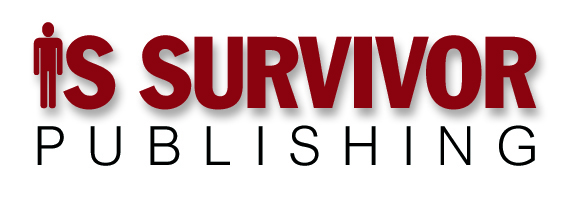Useful metrics have to satisfy the seven C’s.
Until two weeks ago it was the six C’s (Keep the Joint Running: A Manifesto for 21st Century Information Technology, Bob Lewis, IS Survivor Publishing, 2006). That’s when I found myself constructing a metric to assess the health of the integration layer as part of rationalizing clients’ application portfolios.
In case you haven’t yet read the Manifesto (and if you haven’t, what are you waiting for?), metrics must be connected, consistent, calibrated, complete, communicated, and current. That is, they’re:
> Connected to important goals or outcomes.
> Consistent — they always go in one direction when the situation improves and in the opposite direction when it deteriorates.
> Calibrated — no matter who takes the measurement they report the same number.
> Complete, to avoid the third metrics fallacy — anything you don’t measure you don’t get.
> Communicated, because the biggest benefit of establishing metrics is that they shape behavior. Don’t communicate them and you get no benefit.
> Current — when goals change, your metrics had better change to or they’ll make sure you get your old goals, not your current ones.
The six C’s seemed to do the job quite well, right up until I got serious about establishing application integration health metrics. That’s when I discovered that (1) just satisfying these six turned out to be pretty tough; and (2) six didn’t quite do the job.
To give you a sense of the challenge, consider what makes an application’s integration healthy or unhealthy. There are two factors at work.
The first is the integration technique. At one extreme we have swivel-chairing, also known as integration by manual re-keying. Less bad but still bad are custom, batch point-to-point interfaces.
At the other extreme are integration platforms like enterprise application integration (EAI), enterprise service busses (ESB) and Integration Platform as a Service (IPaaS) that provide for synchronization and access by way of single, well-engineered connectors.
Less good but still pretty good are unified data stores (UDS).
The second factor is the integration count — the more interfaces needed to keep an application’s data synchronized to every other application’s data, the worse the integration score.
Here’s where it gets tricky.
The biggest challenge turned out to be crafting a Consistent metric. Without taking you through all the ins and outs of how I eventually solved the problem (sorry — there is some consulting IP I do need to charge for) I did arrive at a metric that reliably got smaller with better integration engineering and bigger with an integration tangle.
The metric did well at establishing better and worse. But it failed to establish good vs bad. I needed a seventh C.
Well, to be entirely honest about it, I needed an “R” (range), but since “Seven C’s” sounds much cooler than “Six C’s and an R,” Continuum won the naming challenge.
What it means: Good metrics have to be placed on a well-defined continuum whose poles are the worst possible reading on one end and the best possible reading on the other.
When it comes to integration, the best possible situation is a single connector to an ESB or equivalent integration platform.
The worst possible situation is a bit more interesting to define, but with some ingenuity I was able to do this, too. Rather than detail it out here I’ll leave it as an exercise for my fellow KJR metrics nerds. The Comments await you.
The point
The point of this week’s exercise isn’t how to measure the health of your enterprise architecture’s integration layer.
It also isn’t to introduce the 7th C, although I’m delighted to do so.
The point is how much thought and effort went into constructing this one metric, which is just one of twenty or so characteristics of application health that need measurement.
Application and integration health are, in turn, two of five contributors to the health of a company’s overall enterprise technical architecture, the enterprise technical architecture is one of four factors that determine IT’s overall organizational health, and IT health is one of ten dimensions that comprise the overall enterprise.
Which, at last, gets to the key issue.
If you agree with the proposition that you can’t manage if you can’t measure, everything that must be managed must be measured.
Count up everything in the enterprise that has to be managed, and considering just how hard it is to construct metrics that can sail the 7 C’s …
… is it more likely your company is managed well through well-constructed metrics, or managed wrong by being afflicted with poorly designed ones?
It’s Lewis’s metrics corollary: You get what you measure. That’s the risk you take.
